- Have any questions?
- +86-189 8930 5995
- sales@mosinterchem.com.cn
Sodium Fluoride CAS 7681-49-4

Zinc chloride CAS 7646-85-7
19/12/2018
Monoammonium Phosphate CAS 7722-76-1
19/12/2018| Model: | MOS7681-49-4 |
| Place of Origin: | Zhejiang,China (Mainland) |
| Brand Name: | MOSINTER |
| CAS No.: | 7681-49-4 |
| Density: | 2.558 |
| Boiling point: | 1700℃ |
| Melting point: | 993℃ |
| Water soluble: | 4g/100ml(25℃) |
Sodium Fluoride (CAS: 7681-49-4)
| Item | Index |
| Appearance | White powder |
| Sodium Fluoride (NaF) % | 98.61 |
| Sulfates content (as SO4) % | 0.28 |
| Water-insoluble matter % | 0.42 |
| Sodium Carbonate (Na2СO3) % | 0.45 |
| Moisture % | 0.42 |
| Acidity (as HF) % | 0.1 |
| Silicon Oxide (SiO2) % | 0.082 |
| Mesh | 200 |
Sodium fluoride is an inorganic chemical compound with the formula NaF. A colorless solid, it is a source of the fluoride ion in diverse applications.Sodium fluoride is less expensive and less hygroscopic than the related salt potassium fluoride.
Structure, general properties, occurrence
Sodium fluoride is an ionic compound, dissolving to give separated Na+ and F− ions. Like sodium chloride, it crystallizes in a cubic motif where both Na+and F− occupy octahedral coordination sites; its lattice spacing, approximately 462 pm, is somewhat smaller than that of sodium chloride.
The mineral form of NaF, villiaumite, is moderately rare. It is known from plutonic nepheline syenite rocks
Applications
Fluoride salts are used to enhance the strength of teeth by the formation of fluorapatite, a naturally occurring component of tooth enamel. Although sodium fluoride is also used to fluoridate water and, indeed, is the standard by which other water-fluoridation compounds are gauged, hexafluorosilicic acid (H2SiF6) and its salt sodium hexafluorosilicate (Na2SiF6) are more commonly used additives in the U.S. Toothpaste often contains sodium fluoride to prevent cavities. Alternatively, sodium fluoride is used as a cleaning agent (e.g., as a “laundry sour”). A variety of specialty chemical applications exist in synthesis and extractive metallurgy. It reacts with electrophilic chlorides including acyl chlorides, sulfur chlorides, and phosphorus chloride. Like other fluorides, sodium fluoride finds use in desilylation in organic synthesis. The fluoride is the reagent for the synthesis offluorocarbons.
In medical imaging, fluorine-18-labelled sodium fluoride is used in positron emission tomography (PET). Relative to conventional bone scintigraphy carried out with gamma cameras or SPECT systems, PET offers more sensitivity and spatial resolution. A disadvantage of PET is that fluorine-18 labelled sodium fluoride is less widely available than conventional technetium-99m-labelled radiopharmaceuticals.
You must be logged in to post a review.

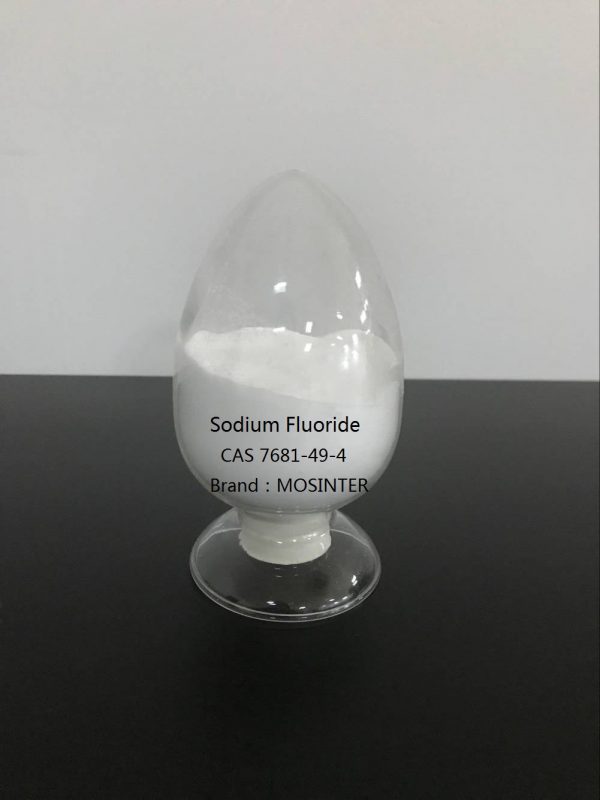
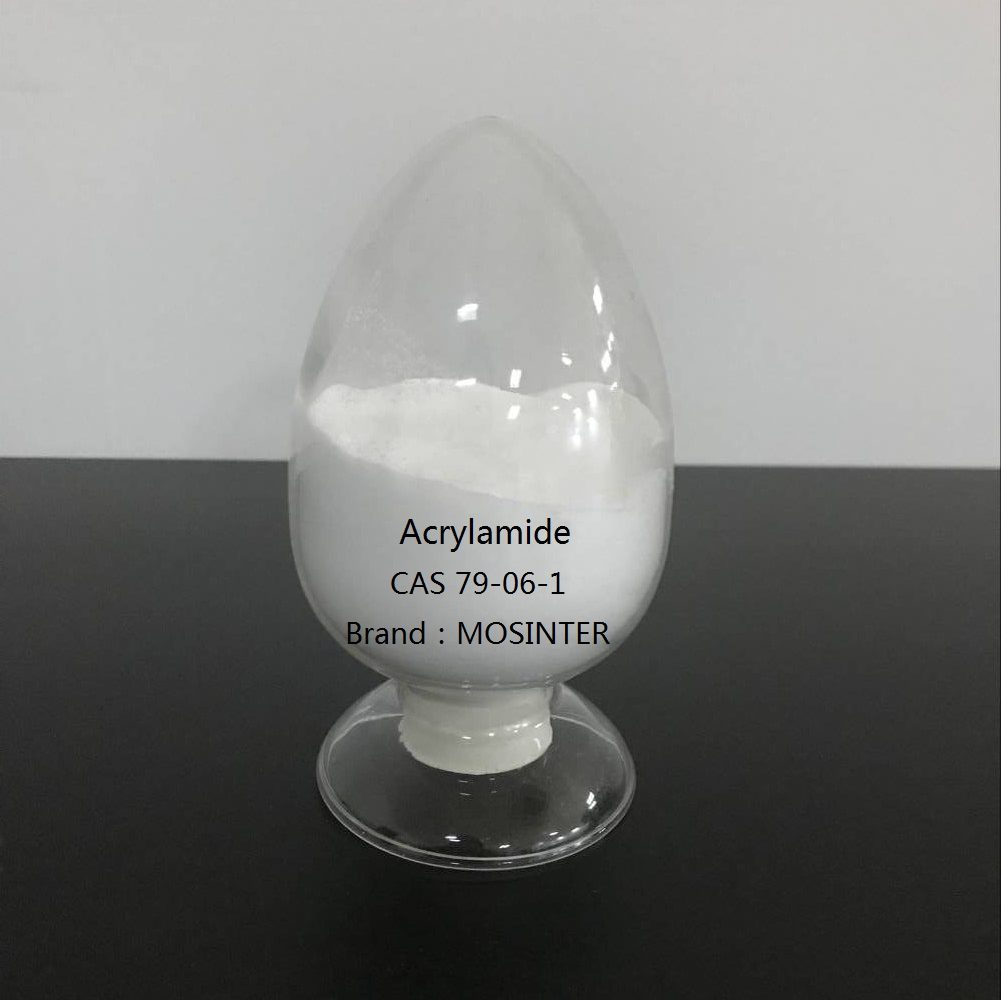
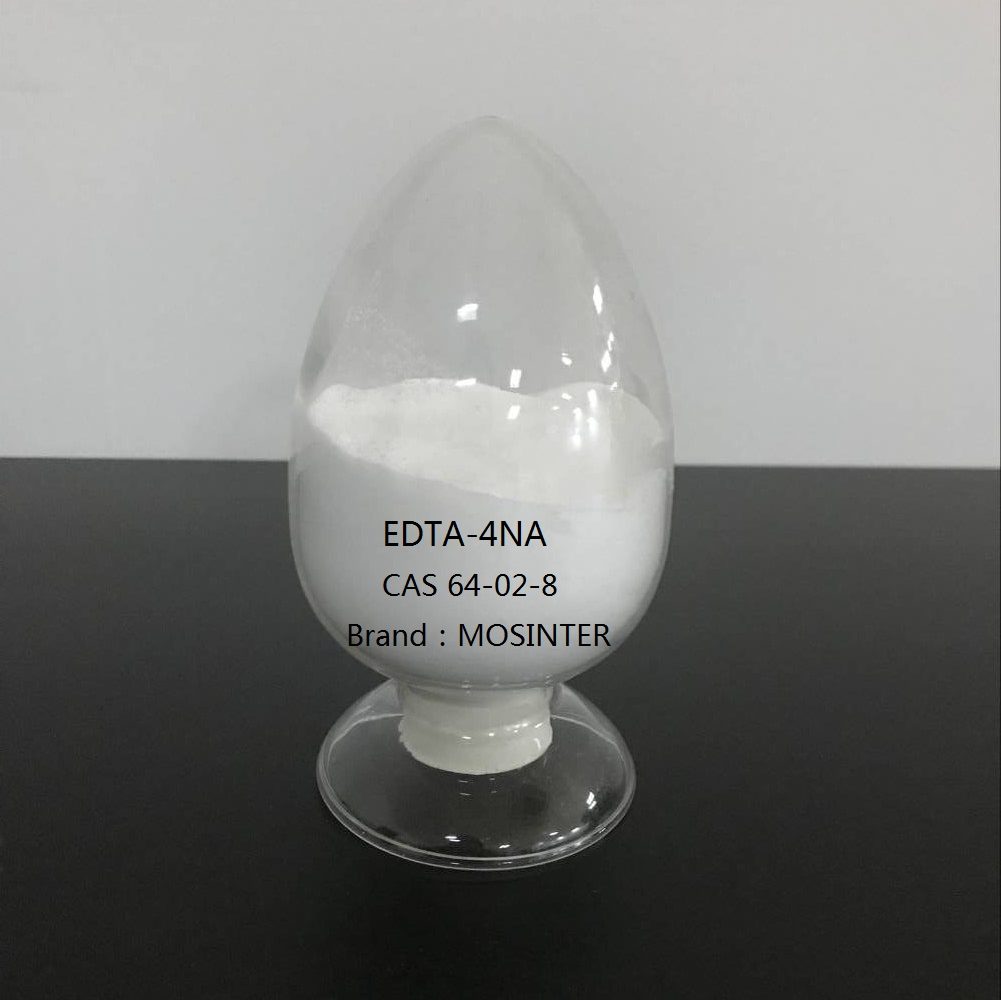
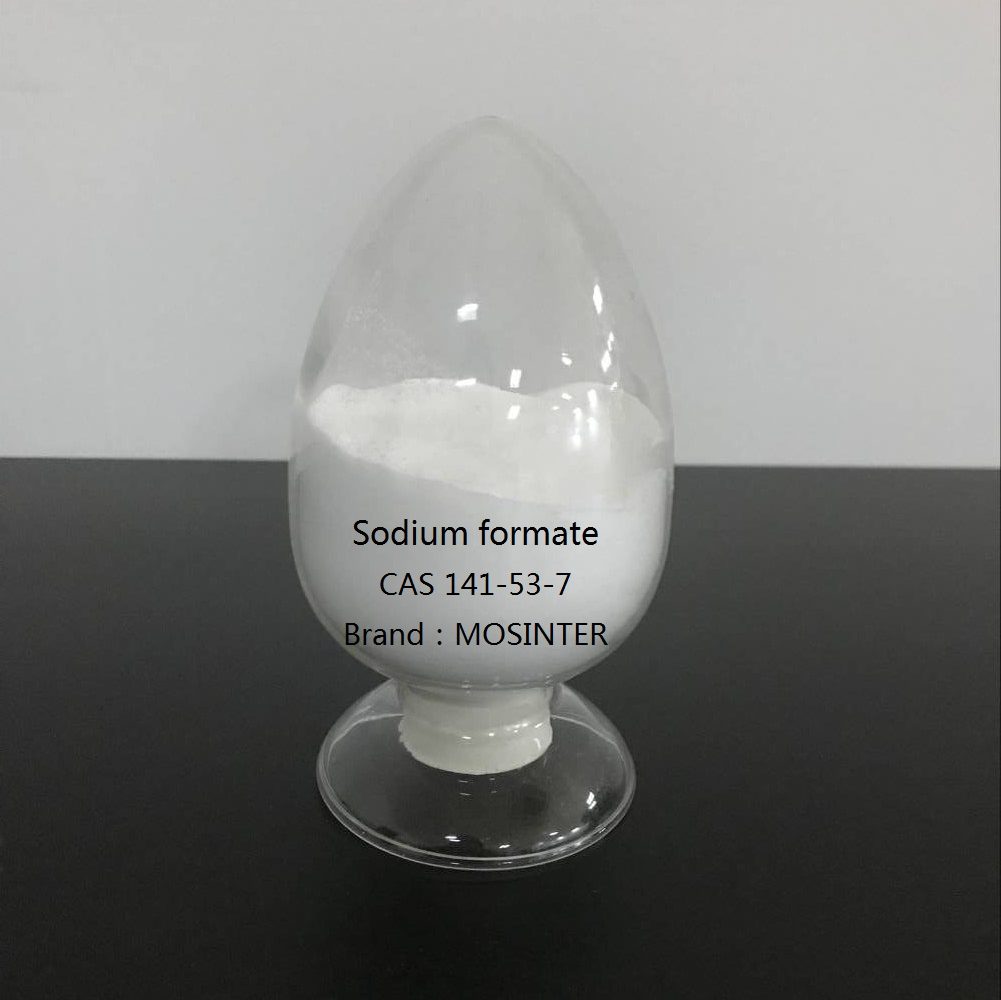
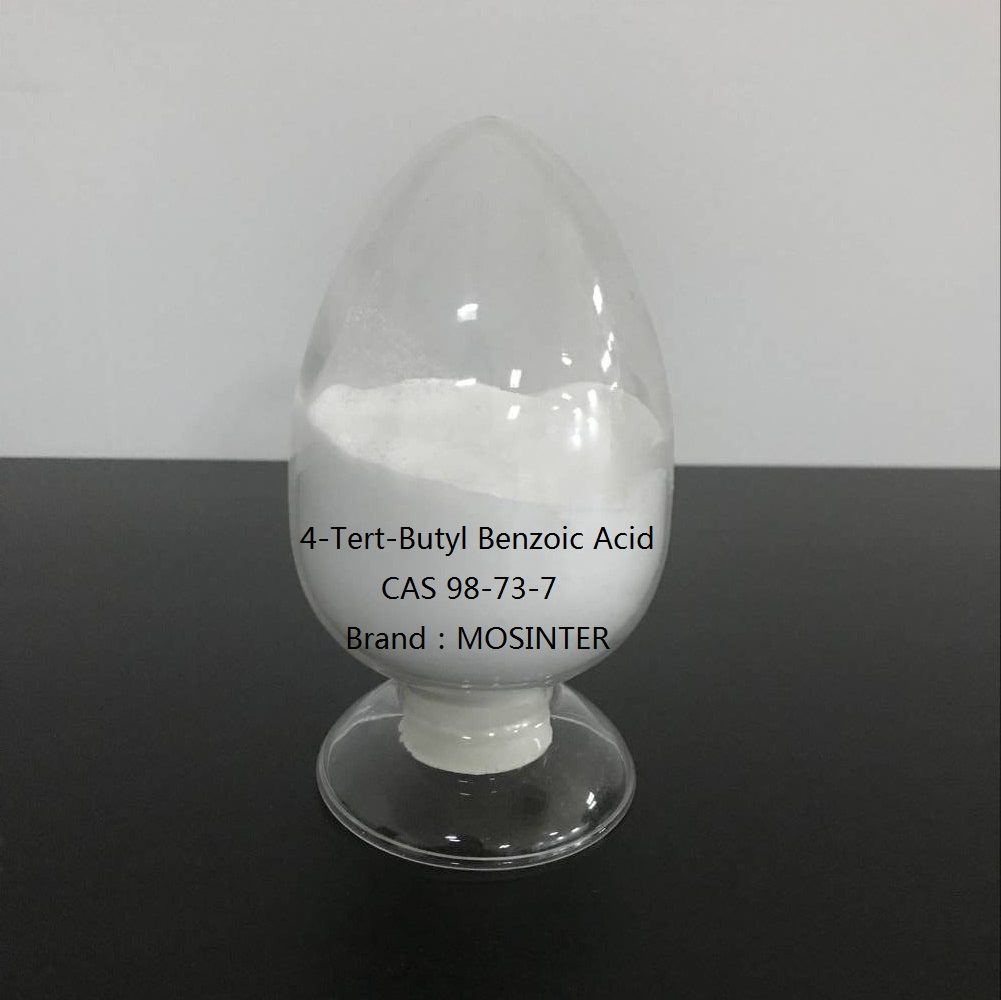
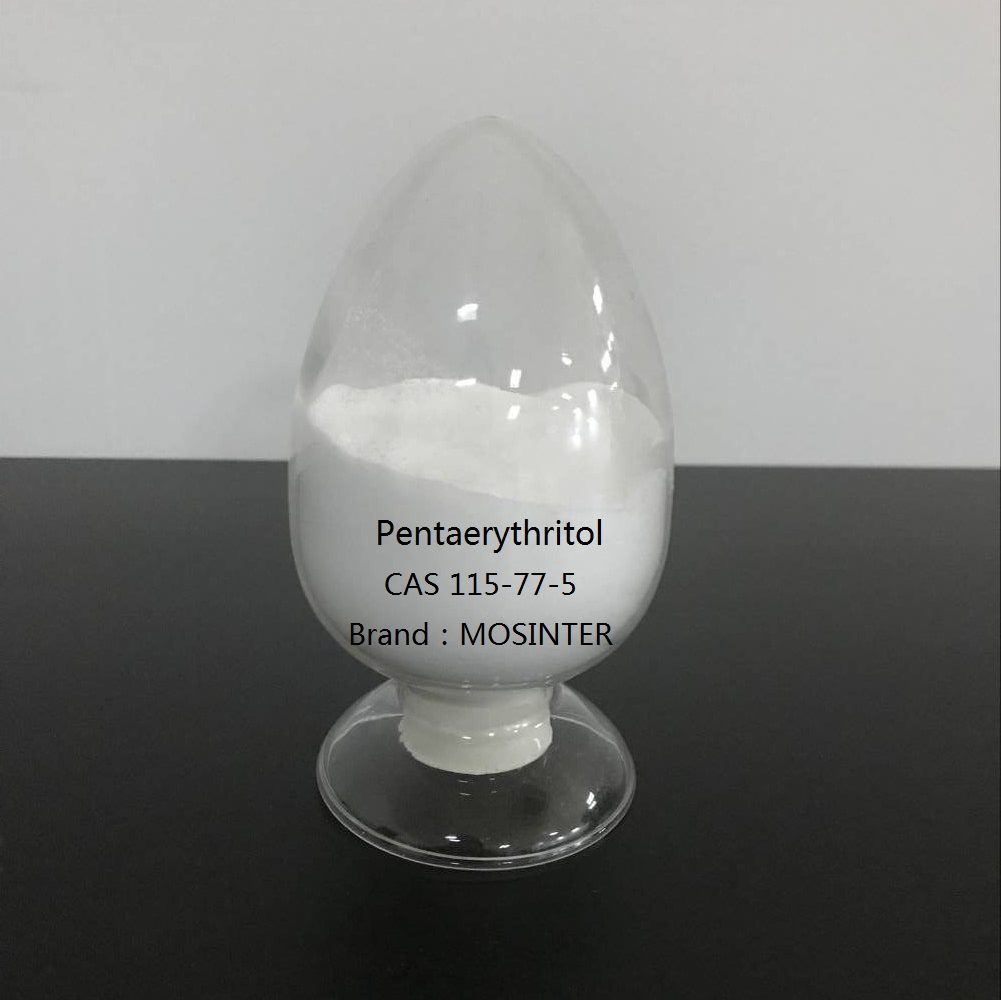
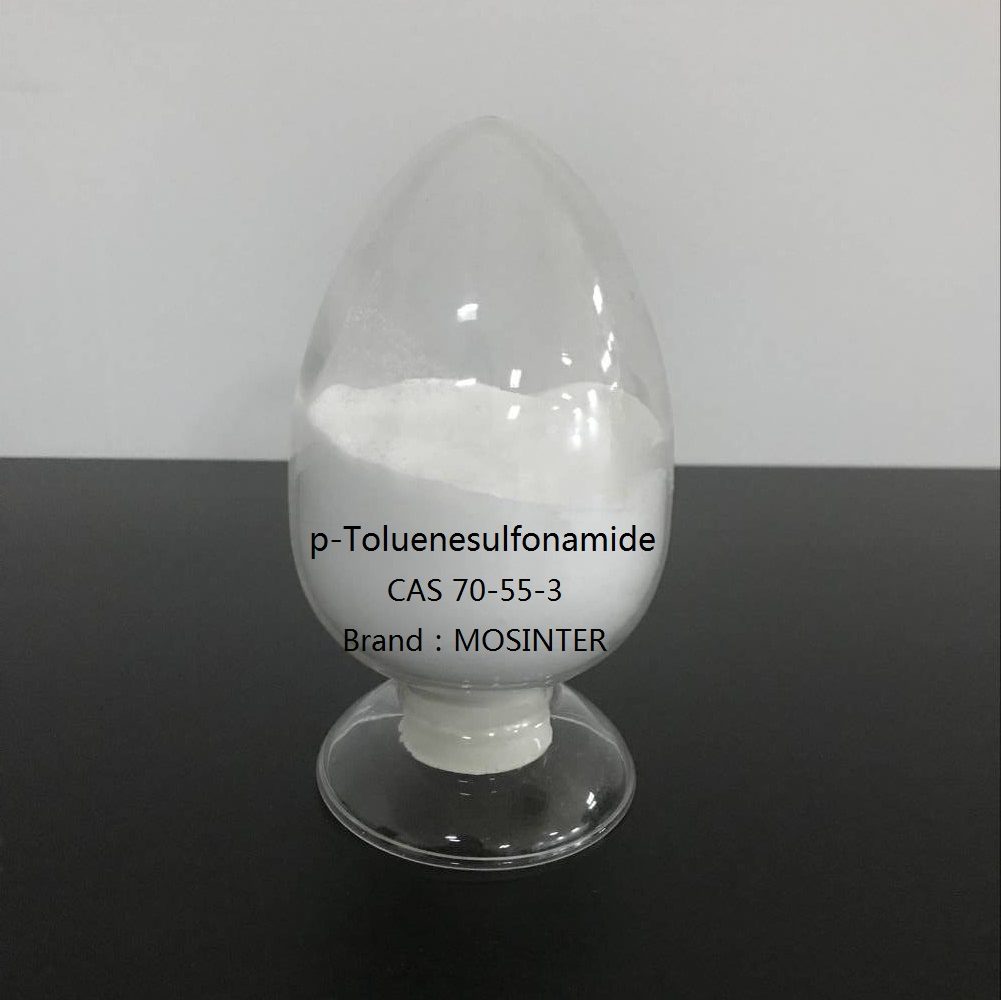
Reviews
There are no reviews yet.